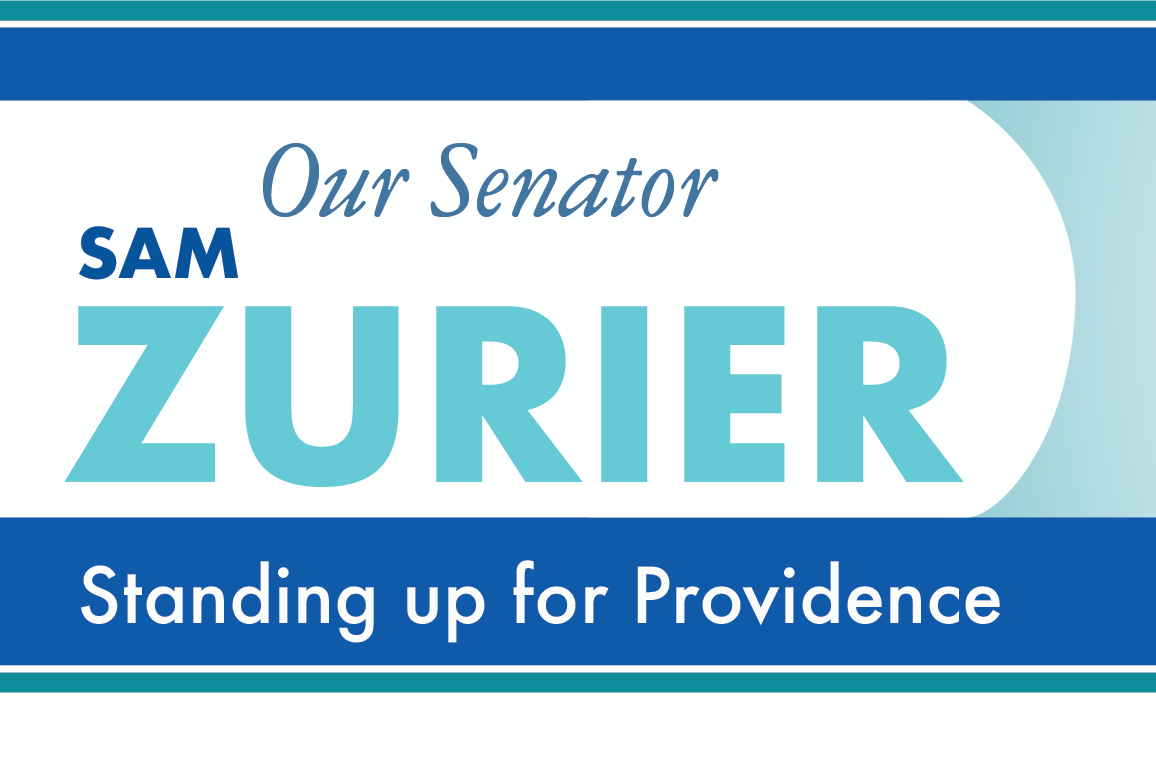I hope you made it through yesterday’s storm with your heat and electricity, and that you will be able to resume life post-storm today without too much trouble. This week’s letter will discuss items in three major components of the Governor’s budget, and invite you to join me next week for a virtual town hall meeting.
As noted in last week’s letter, the Governor’s budget has three major components of operational spending, namely (1) the $11 billion “traditional” budget, (2) the $1.1 billion one-time federal American Rescue Plan Act (ARPA) budget and (3) the plan to spend $618.4 million from last year’s budget surplus. As my review continues, I can offer an initial observation about each of these components.
The “Traditional” Budget. Last year’s “traditional budget” produced $250 million of revenue beyond original projections, and the Governor’s budget projects an increase of $60 million beyond that. Among other items, the Governor proposes spending $9.6 million (over two years) on the “vaccination bonus” that became a non-vaccination bonus in a poorly conceived part of a collective bargaining agreement he negotiated with State employees discussed in my December 5 letter and my December 12 letter. At the same time, the “traditional budget” fails, among other things, to address several parts of the fraying safety net identified in previous budget hearings (described in my November 28 letter), or to fund fully the State’s program to reimburse cities (most notably Providence) for a portion of the revenue they lose due to the property tax exemptions the State awards to certain major nonprofit institutions.
The ARPA Budget. One budget line in the ARPA budget I will study more closely is the $15 million allocation to establish 11 municipal learning centers (at $5 million per year for three years). The administration provided a brief description of this program in the Executive Summary of the budget, stating it would “support the creation of centers operated by municipalities to provide programs, such as tutoring, art and music classes, early education opportunities, and nonprofit services” with a “long-term goal … for each of the 39 cities and towns to operate at least one program.” (In the 912 pages of budget books that accompany the Executive Summary, the administration does not provide any additional description of the program’s design.) From prior reporting, the Governor explained this program would be based on one he developed in Cumberland as Mayor to operate through the Mayor’s office and independently from the school department. I question whether this is the best use of federal ARPA funds for a few reasons. First, this does not appear to represent a one-time investment; instead, this would be a series of pilot programs that would create funding obligations when the federal funds run out. Second, it is not clear whether the development of a State-funded parallel program outside the school department is necessarily the most efficient one; for example, Providence children currently have the benefit of the Providence After School Alliance, which provides a number of supplemental programs based in schools and funded by a variety of sources, of which the City’s appropriation is but one component. With that in mind, I was especially puzzled to read in a recent WPRI report that the administration proposes establishing 5 of these 11 municipal learning centers in the State-run Providence school district, where the State runs the School Department but not the municipal government, and where there appears to be a significant risk of duplicating or displacing existing successful programs.
The Surplus Budget. I was pleasantly surprised to learn that the State has $612 million available to spend from prior year surpluses. I agree with the principle in the Governor’s budget that these funds should be spent on one-time projects that generate long-term benefits, and some of that budget’s specific line items, such as dedicating $100 million to pay for matching funds required to gain access to $400 million or more appropriated to Rhode Island in the federal Bipartisan Infrastructure Law, make eminent sense. On the other hand, I believe that other Surplus Budget lines lack vision; for example, while it is fiscally prudent to prepay a $60 million pension fund obligation, the money could also be spent on such one-time, long-term investments as school construction. Unlike the ARPA money, these state surplus funds are not limited by program or time restrictions; therefore, I look forward to working with my colleagues to find consensus on better ways to spend some of this money.
This week’s letter only scratches the surface of the many considerations and priorities in our State budget. With that in mind, I would like to hear your thoughts and ideas in a virtual town hall meeting I will be holding on Monday, February 7 from 7:00-8:00 p.m. If you would like to join, please send me an email, and I will forward you a link.
